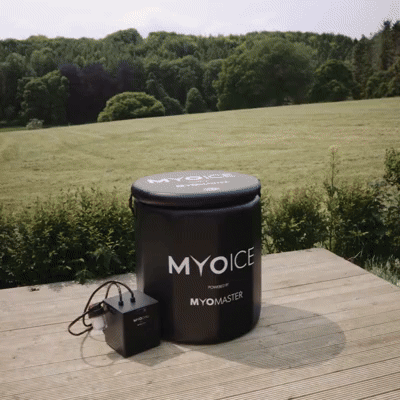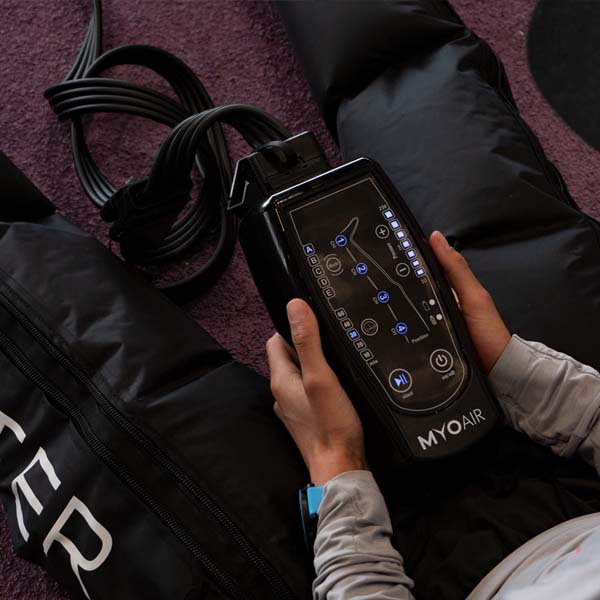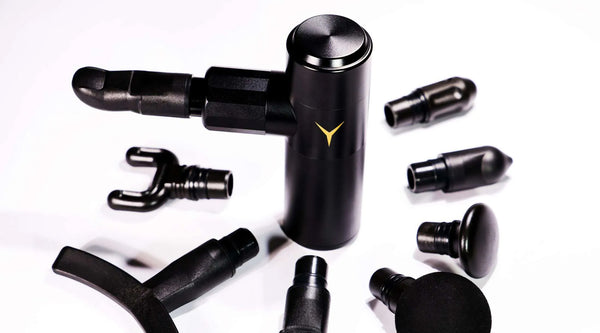If you’re running marathons and ultra-marathons then you’re likely no stranger to injury. Although experienced runners (who tend to run longer distances) are actually less prone to injury than novices, it’s during training that you’re at the most risk. A recent study showed that over a full season up to 80% of injuries occurred during training.
The majority of these injuries tend to be due to overuse rather than a single point of trauma like a sprained ankle. Overuse injuries include shin splints, IT Band syndrome and stress fractures – all pretty nasty and could take you out of the game. But injuries aren’t a certainty. Let’s look at the most common running injuries and find out how you can avoid them.
The Most Common Running Injuries
Shin Splints
Shin splints are just about as painful as they sound. The official name for pain and swelling in your shin bones and lower legs is tibial stress syndrome and it is often caused by running too much too soon or having poor running form. Shin splints will normally go away after a few weeks with rest and a shift in exercise routine (cutting back or changing to something that puts less pressure on your bones like swimming). If they’re ignored though and you continue to exercise at the same rate, they could turn into stress fractures.
IT Band Syndrome
The iliotibial band (or IT band) runs down the outside of your thigh and connects your outer hip to your knee. IT band syndrome occurs when this tendon gets tight and rubs against your thigh bone. The friction can lead to pain and swelling when you try to bend your knee and during activity. It’s another overuse injury that will get worse with repeated movement. Common causes of IT Band Syndrome include a sudden increase of running distance, running in old or misfitting trainers and running on uneven ground. You can also be more susceptible to IT Band Syndrome if you have weak hip or knee muscles.
Stress Fractures
Another one that does what it says on the tin. A stress fracture is a hairline break in your bone due to repetitive impact. Ignore your shin splints and you may find that the pain gets more intense and you develop swelling and bruising in the area. These are signs you’ve developed a stress fracture and you’ll need to see a doctor and get an x-ray to confirm. As well as high impact sport and increased activity, a lack of nutrients can also be a risk factor for stress fractures – make sure you’re getting plenty of vitamin D and calcium.
Achilles Tendinitis
Achilles tendinitis is when the tendon that connects your heel and calf becomes inflamed and painful. It can also reduce movement when you flex your foot back and forward which is pretty important, the achilles tendon is used for walking, running and jumping. Achilles tendinitis can be very uncomfortable and if left untreated can lead to your achilles tendon rupturing – an injury that can often require surgery.
Plantar Fasciitis
Plantar fasciitis is a condition we often hear about at MyoMaster. Symptoms include pain, or a burning sensation along the bottom of the foot around the heel and arch. It’s caused by irritation of the plantar fascia, the thick layer of tissue on the bottom of the foot that connects the heel bone to the toes. A sudden uptick in exercise, the type of shoes or trainers and the surface on which you’re moving across can all cause plantar fasciitis.
How to Avoid Common Running Injuries
Just because they’re common doesn’t mean these injuries are inevitable. Use these top five tips to ensure nothing slows you down.
Train Smarter Not Harder
Time and time again we’ve cited running too far too quickly as a risk factor for these injuries. It can be tempting as you head towards a long-awaited goal to crank up your training rate but trust us when we say you’re better served sticking to your original plan. All of these injuries require a reduction or change in activity to heal at the very least but they could leave you out of action for months if left untreated. You know the right thing to do.
Kit Yourself Out
Poorly fitted or very worn trainers are another risk factor for almost all of these injuries. You need something that will give you enough support and absorb the impact of your feet striking hard ground. The right trainer will protect your joints and bones and even improve your running form by providing structure. A decent pair of running trainers should last you between 600 and 700 kilometers but we suggest regularly checking them over for signs of wear.
Cross Train AND Strength Train
We ask a lot, we know. But adding in some different types of training and mixing up how you move your body is going to reduce your chance of injury and improve your performance. If you do the same type of exercise again and again you’re stressing the same joints, muscles and bones over and over. Add in low-impact exercise to take the pressure off. We also recommend adding strength training to your routine as muscle weakness can lead to imbalance and injury. Check out these simple strength training moves that are perfect for runners.
Prioritise Run Recovery
Tight and inflexible muscles are going to lead to injury. That’s why it’s paramount that runners take their recovery seriously. A massage gun like the MyoPro or MyoLite can provide the level of deep tissue percussion therapy that marathon and ultra marathon runners need to target tight and painful muscles. As well as reducing soreness and increasing blood flow to muscle tissue, a muscle massage gun will also stretch muscle tissue and fascia for improved mobility and flexibility.
If you’re in pain and it’s not getting better or if it suddenly gets much worse then never hesitate to seek out professional advice. Your GP will be able to diagnose and treat the above injuries, or refer you to a specialist that can.










